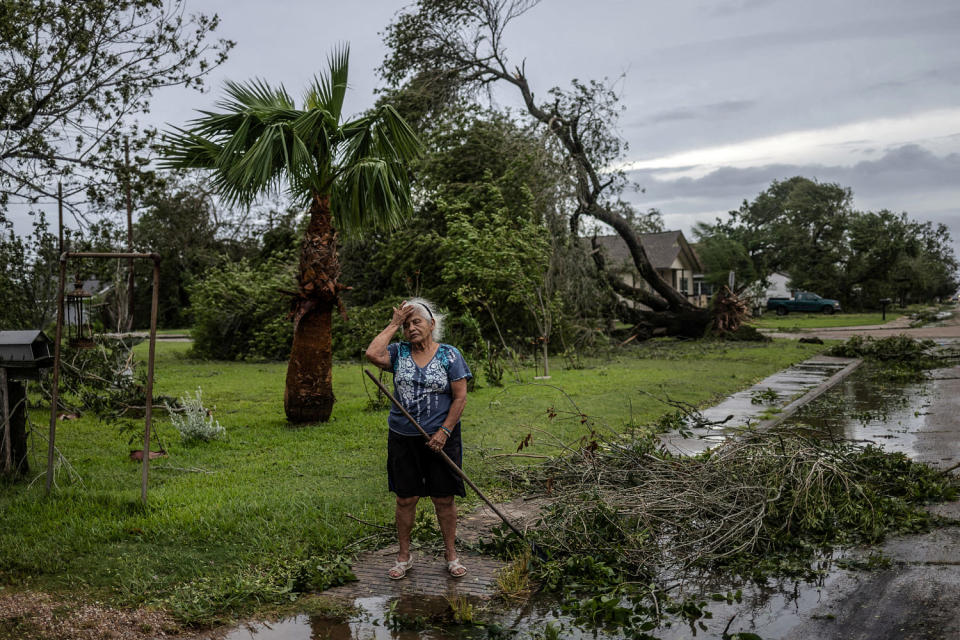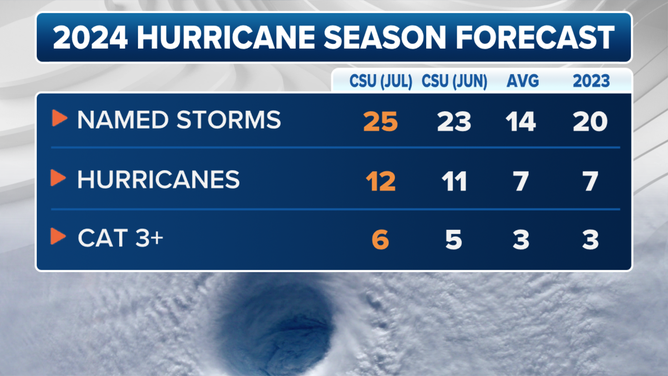
Hurricane Season Predictions Increase After Record-Breaking Beryl
The Atlantic hurricane season is shaping up to be a busy one, with forecasters from Colorado State University (CSU) predicting an additional hurricane and two more named storms, bringing the total to 12 hurricanes and 25 named storms for the season.
This update comes after Hurricane Beryl made landfall in Texas on Monday as a Category 1 storm, leaving behind power outages for over 2.25 million customers and at least seven fatalities. Beryl was also the first Category 4 storm to form in the Atlantic Ocean in June and later became a Category 5 storm, making it an early-season harbinger of a hyperactive hurricane season.
The increased activity is due to several factors, including near-record warm sea surface temperatures across the Atlantic and Caribbean that provide ample fuel for tropical development. Additionally, the end of El Niño climate pattern and the expected neutral or budding La Niña pattern later in the season are expected to reduce wind shear, allowing for more hurricane development.
The prime Atlantic hurricane season is August, September, and October, with most activity taking place from Aug. 15-Oct. 15. The CSU team gives a 57% probability that a major hurricane (Category 3 or higher) will strike the US coastline this season.
It's important to note that all predictions come with some degree of uncertainty, and it's crucial for coastal residents to be prepared for the possibility of tropical storms and hurricanes regardless of predicted activity levels. Thorough preparations should be made every season.







